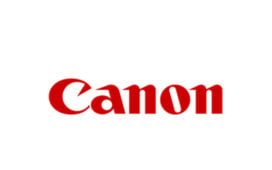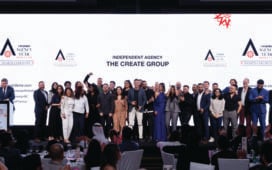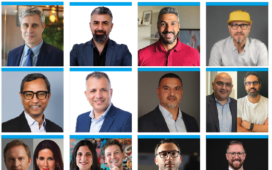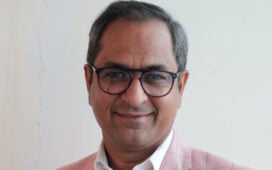First of all, let’s speak about digital. We’ve all pivoted, but some channels have proved much more effective in terms of return on investment. The one area I’d like to emphasise is owned media. We’ve invested in assets such as blogs, podcasts and other content channels. This allows us to regularly push out various content types, boosting our search engine rankings and engaging different audiences through both organic and paid reach. And the cost has been minimal. We’ve also developed these channels and assets in-house; there’s a belief that technical design work is complex, but it’s simpler than ever to create new platforms with tools such as WordPress and SoundCloud.
The second ele
To continue reading this article you need to be registered with Campaign. Registration is free and only takes a minute. Register Now or sign in below if you already have an account.









